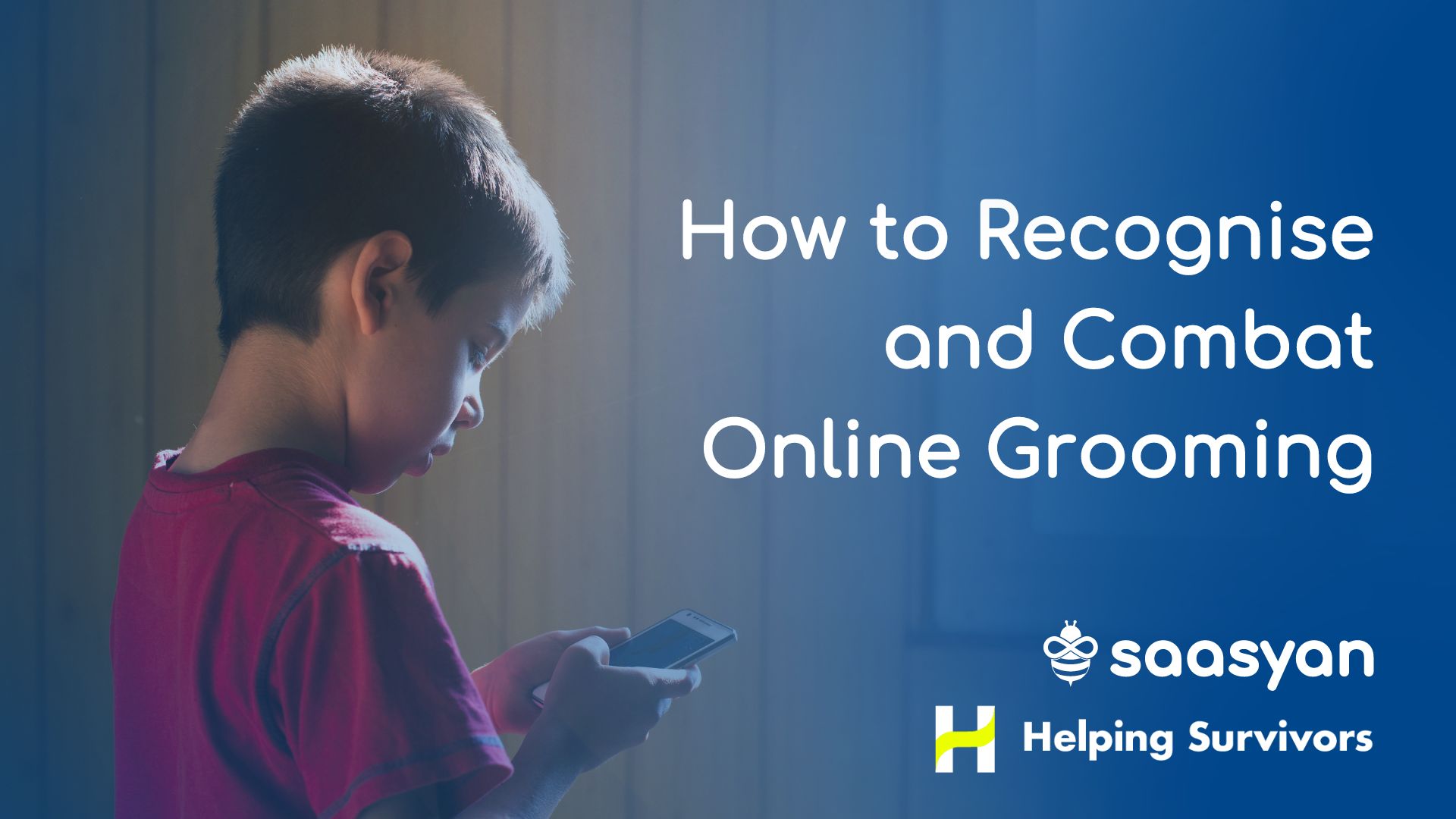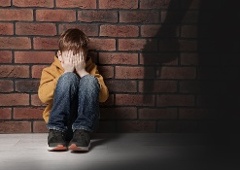How to Recognise and Combat Online Grooming

Keeping Kids Safe From Harm Online
Online interactions play a significant role in our interconnected world. Unfortunately, this connectivity opens the door to potential dangers, particularly for children and teenagers who may become victims of online grooming.
Helping Survivors is an organisation that works to empower and assist individuals who have experienced abuse, and have created several excellent resources for different types of exploitation, including online grooming.
This blog post was written using the excellent information Helping Survivors provides on online grooming, and you can read more about this and the wonderful work they do here.
Understanding the warning signs and taking proactive measures is crucial to protecting our loved ones from emotional, sexual, and other forms of abuse.
In this post, we'll explore what grooming is, where it can happen, and how you can safeguard against it.
What is Grooming?
Grooming is a manipulative strategy used by offenders to build trust with a potential victim, often with the intention of later committing sexual assault or abuse.
The grooming process is subtle and can take place over a long period of time, making it challenging for victims to recognise when this behaviour is occurring.
Offenders try to create a relationship built on manipulation, as it reduces the likelihood of the victim speaking out, thus the offender is more likely to get away with their behaviour.
Grooming Warning Signs
Recognising the warning signs is crucial in preventing online grooming. Some red flags include:
- Requests for personal information: be wary if someone starts asking for personal information, especially if it feels unnecessary or invasive.
- Platform switching: offenders may attempt to move communication to encrypted platforms, away from the watchful eyes of parents or guardians.
- Inappropriate requests for media: requesting photos or videos from an individual, especially of a suggestive nature, is a significant warning sign.
- Secretive behaviour: keeping the relationship a secret, chatting at specific times, or using particular apps for contact could indicate grooming.
- Conditional relationships: setting conditions on the relationship, such as demanding explicit content, is a clear sign of manipulation.
Where Does Grooming Happen?
Grooming can occur in any setting, with some more common than others.
- At home: grooming may happen between an adult and a child, between two adults, or among teenagers, particularly if there is a close relationship or regular access.
- At school: educators, in a position of authority, may engage in grooming with unsuspecting students, leading to severe consequences for the child's mental health.
- Online: the digital realm, including social media, provides ample opportunities for grooming to take place due to the ease of forming connections and establishing unfounded trust.
- In person: grooming can occur anywhere with regular contact between a predator and an individual, such as at school, at sporting clubs and extracurricular activities.
What To Do If You Suspect Grooming Is Occurring.
If you suspect someone is being groomed, acting quickly is key.
- Maintain open communication: foster an environment where your loved ones feel comfortable discussing their online interactions.
- Educate and empower: teach children and teens about online safety, the warning signs of grooming, and the importance of reporting any suspicious behaviour.
- Report it: reach out to police and other relevant authorities if you suspect grooming is taking place.
- Seek professional help: if you suspect grooming, or if a child admits to being groomed, reach out to law enforcement and organisations like Helping Survivors, RAINN and the Australian Center to Counter Child Exploitation for support and guidance.
- Legal rights and options: remember, there are legal rights and options available if grooming occurs. Seeking legal assistance can be crucial in protecting the victim and holding the offender accountable.
In the age of digital connectivity, staying vigilant against online grooming is paramount.
By understanding the warning signs, promoting open communication, and taking proactive steps, we can create a safer online environment for children and teens.
Together, we can combat online grooming and protect the well-being of our children and teenagers.






